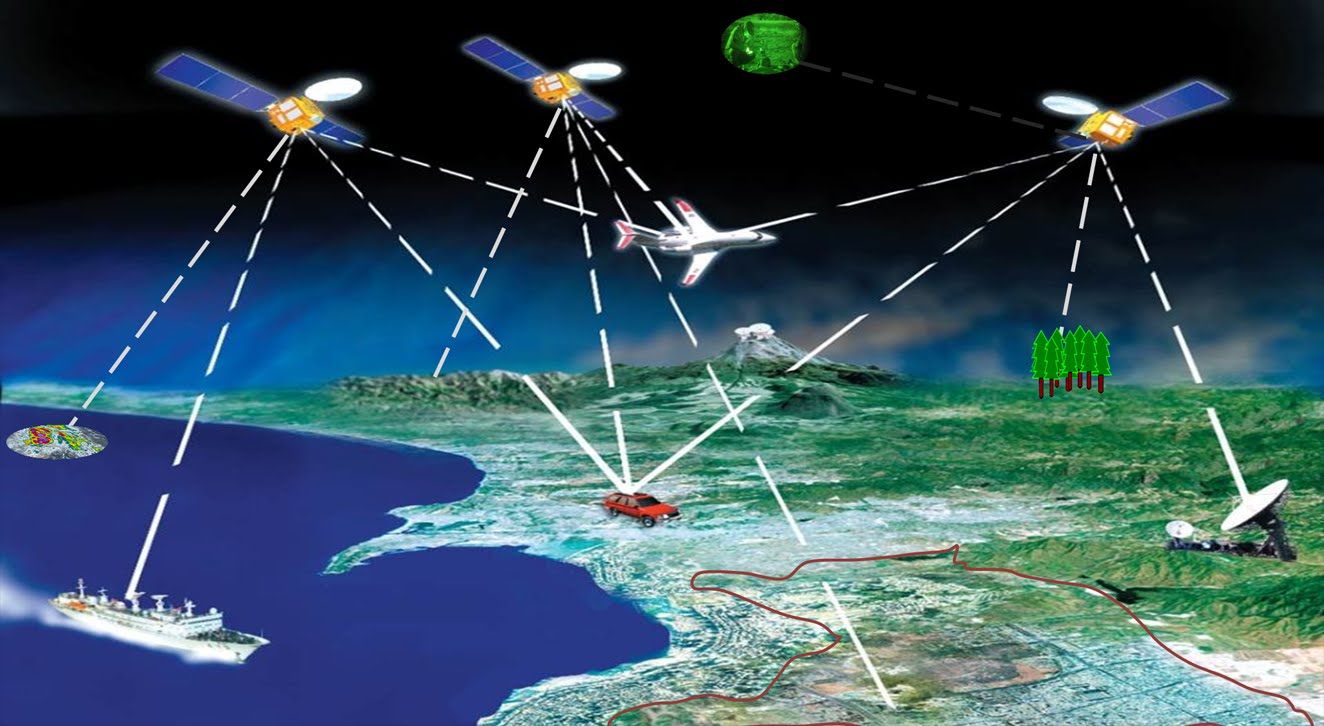The Skills Required
Fen identified, integrated and tested a number of Linux and FPGA libraries to use alongside its own bespoke code. This minimised development time and risk whilst exceeding the requirements specification in many areas.
Closely synchronised video data and telemetry can only be achieved by taking a system level design approach. The video / camera specification is at the heart of the system, but by discussing and agreeing trade-offs in other elements] with the client, it was possible to achieve a highly specified system within a constrained BOM target cost.
Fen's extensive knowledge of the fast-moving camera product market enabled an element of future proofing to be incorporated in the design.

The Brief
The client wanted the ability to set up and control a multi-camera recording system, where the shutters of the cameras were timed to within 1ms of each other.
In conjunction with this, the multiple video streams needed synchronising to a data telemetry system governed by a GPS clock source, to within 1ms.
A global shutter video camera solution had to be identified that was capable of frame rates greater than 100fps HD.
Fen also needed to identify a suitable encoder and video processing platform that was capable of handling such a high data throughput.
Although technical demands were high-end this had to be achieved at relatively low cost.

The Solution
Fen carried out a comprehensive review of the machine video camera market considering cost, performance, control capability, physical interface and video format output. The camera choice dictated the requirements of all other elements of the video processing system.
To further complicate such choices, technology borrowed from consumer electronics drives constant change in the machine-vision camera market.
The final solution combined FPGA, DSP and embedded processor technologies to synchronously capture, debayer, encode and store the outputs of multiple independently controlled video cameras to within a few hundred microseconds accuracy. The solution was based on an embedded Linux platform which deployed GPS, NTP and PTP daemons to synchronise multiple Linux systems to a common GPS clock source. Furthermore a technical roadmap was proposed that would improve the synchronicity down to tens of nanoseconds level, greatly exceeding the original requirements specification.
Fen managed to exceed the brief and identify a solution which came within budget.

The Skills Required
Fen identified, integrated and tested a number of Linux and FPGA libraries to use alongside its own bespoke code. This minimised development time and risk whilst exceeding the requirements specification in many areas.
Closely synchronised video data and telemetry can only be achieved by taking a system level design approach. The video / camera specification is at the heart of the system, but by discussing and agreeing trade-offs in other elements] with the client, it was possible to achieve a highly specified system within a constrained BOM target cost.
Fen's extensive knowledge of the fast-moving camera product market enabled an element of future proofing to be incorporated in the design.
